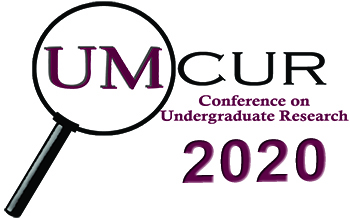Project Type
Presentation
Faculty Mentor’s Full Name
Tobin Miller Shearer
Faculty Mentor’s Department
History
Abstract / Artist's Statement
In his 1906 work The Negro Church, W.E.B. Du Bois introduces the concept of the “veneer of Christianity.” Du Bois argues that before emancipation, Christianity did not belong to black Americans, and that the religious and spiritual practices observed by slaves was merely African traditional spirituality covered by an inauthentic mask of Christianity. The “veneer of Christianity” did not apply to the enslaved population of the Louisiana river parishes. Instead between 1803 and 1865, enslaved black Catholics in the Louisiana river parishes facilitated their own practice of Catholicism through the syncretism of traditional African spirituality and Catholicism, challenging the notion that Christianity was merely a veneer that masked traditional African spirituality. Utilizing a variety of sources including water color paintings, letters, and slave testimonials, this project seeks to show that, despite Catholicism being a white led religion in the river parishes, slaves were able to exercise some degree of freedom in their implementation of self-facilitated spirituality which included aspects of both Catholicism and traditional African spirituality.
Category
Humanities
Black Catholics: The Religious Experience of the Enslaved in the River Parishes of Louisiana, 1803-1865
In his 1906 work The Negro Church, W.E.B. Du Bois introduces the concept of the “veneer of Christianity.” Du Bois argues that before emancipation, Christianity did not belong to black Americans, and that the religious and spiritual practices observed by slaves was merely African traditional spirituality covered by an inauthentic mask of Christianity. The “veneer of Christianity” did not apply to the enslaved population of the Louisiana river parishes. Instead between 1803 and 1865, enslaved black Catholics in the Louisiana river parishes facilitated their own practice of Catholicism through the syncretism of traditional African spirituality and Catholicism, challenging the notion that Christianity was merely a veneer that masked traditional African spirituality. Utilizing a variety of sources including water color paintings, letters, and slave testimonials, this project seeks to show that, despite Catholicism being a white led religion in the river parishes, slaves were able to exercise some degree of freedom in their implementation of self-facilitated spirituality which included aspects of both Catholicism and traditional African spirituality.
